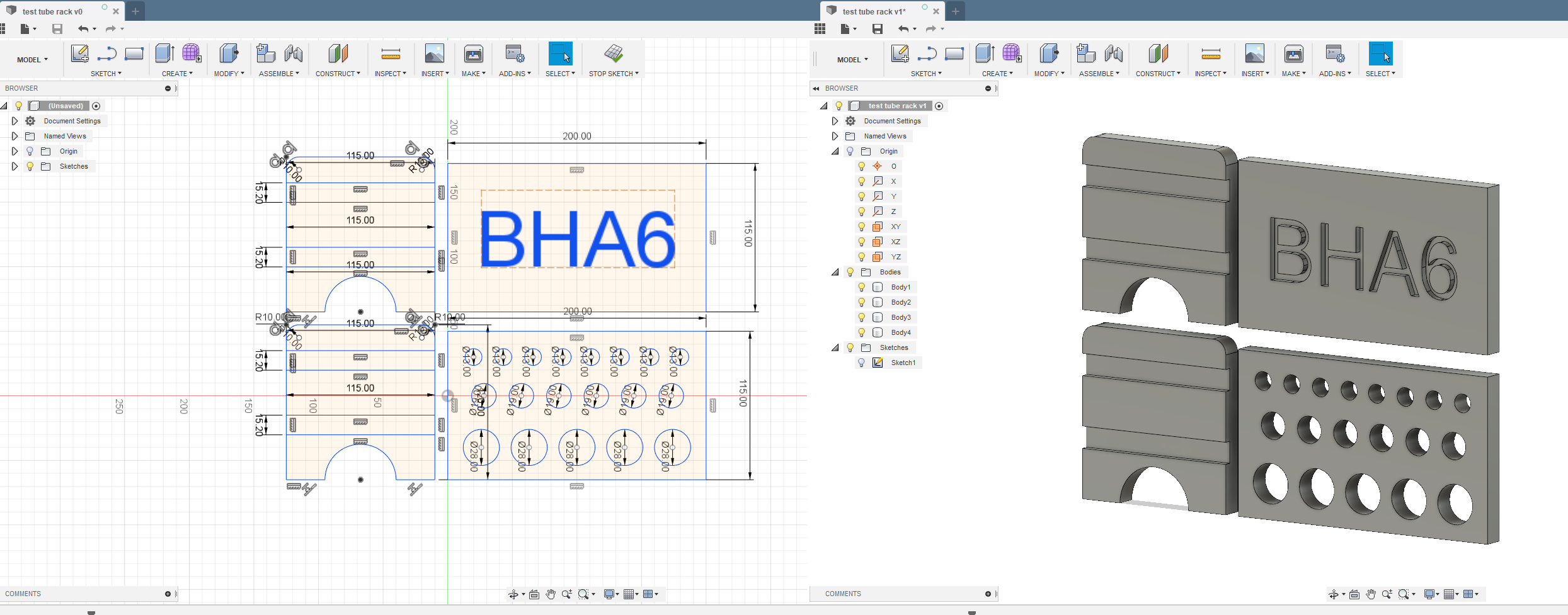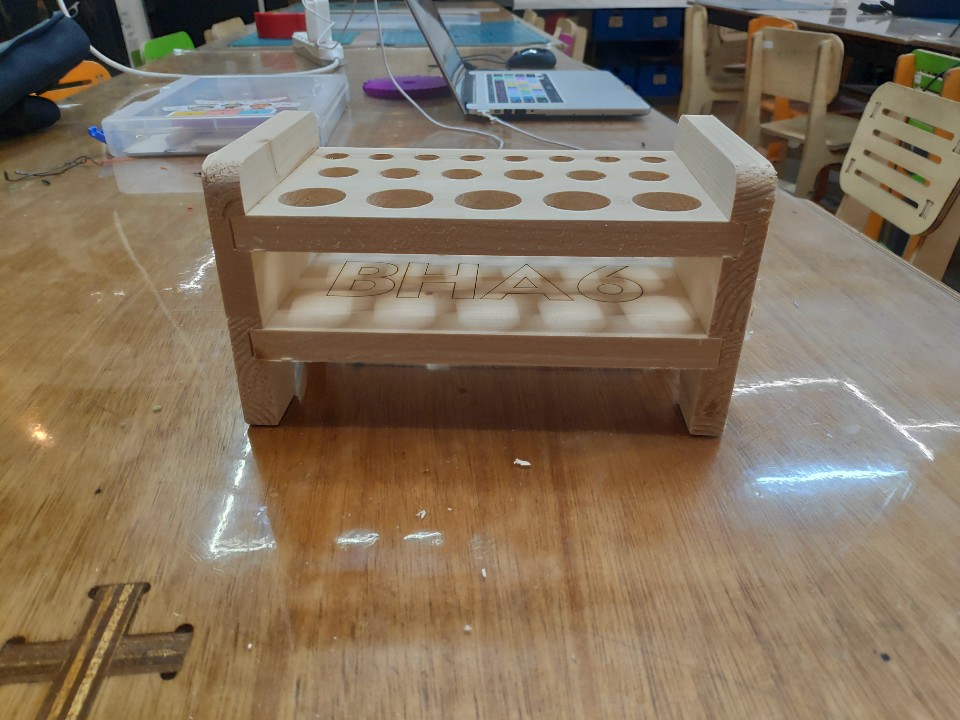2. First Week of BioHack Academy 6
Sterile Environment BHA6 First Week
Clean Bench
Safety is always a big if not main concern for all BioHack experiments. Due to the nature of our experiments to potentially create hazardous materials and our responsibility to take care of our work, we must first provide a sterile and experiment ready environment before our actual experimentation. To learn how to do so, we followed Waag Society’s designs in BHA on and took a class about the importance of a clean and prepped work station.

Waag’s design for the clean bench, a work area that allows filtered air to be constantly circulated in a contain field so external contaminants can be prevented from affecting the experiment, uses a filter and a sufficient enough air flow to push outside air into the space filtering it. Allowing fresh air to be passed through the filters captures the majority of atmospheric contaminants and helps prevents even indirect contamination from the human subject as the blown air will push clean air away from the experiment site.

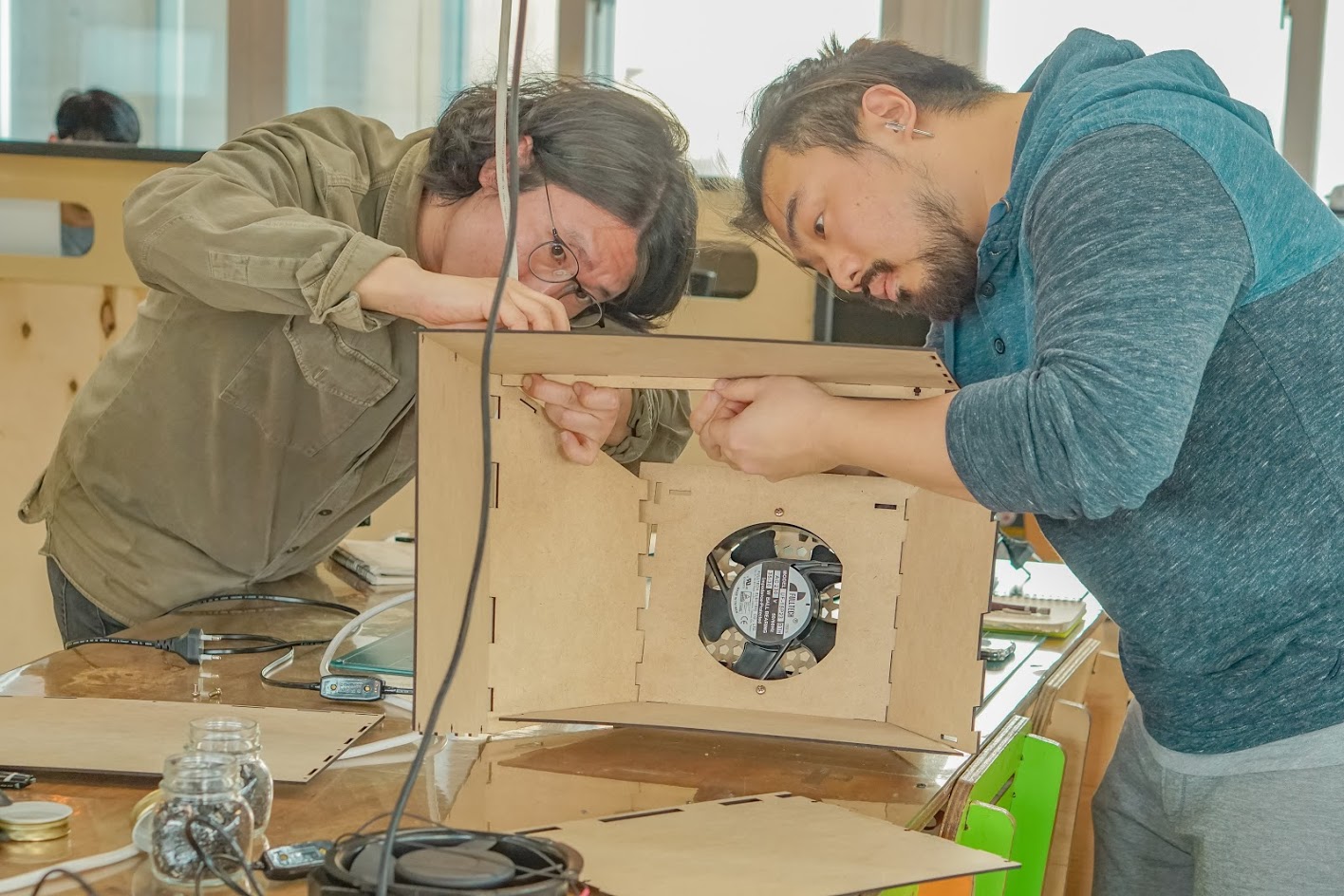
Two important components for the sterile hood is the HEPA filter and laminar flow. We require at least a class 13 High Efficiancy Particle Absorber to capture 99.97 0.3 micrometer particles. A class 14 is preferred but for the microbes we are dealing with a Class 13 is acceptable to use.
Secondly, we require a blower fan that can push beyond the static pressure the filters create and laminar flow so all air in the clean bench space is equally and totally circulated out without interferences. After much experimentation and prototyping, we found the most cost efficient blow fans available are tube axial fans that have medium pressure and high flow that is best suited for our needs. It may require more cleaning to maintain the acceptable consistent flow rate however the costs compared to buying a centrifugal fan were about 180% the tube axial fan so we considered a better solution.
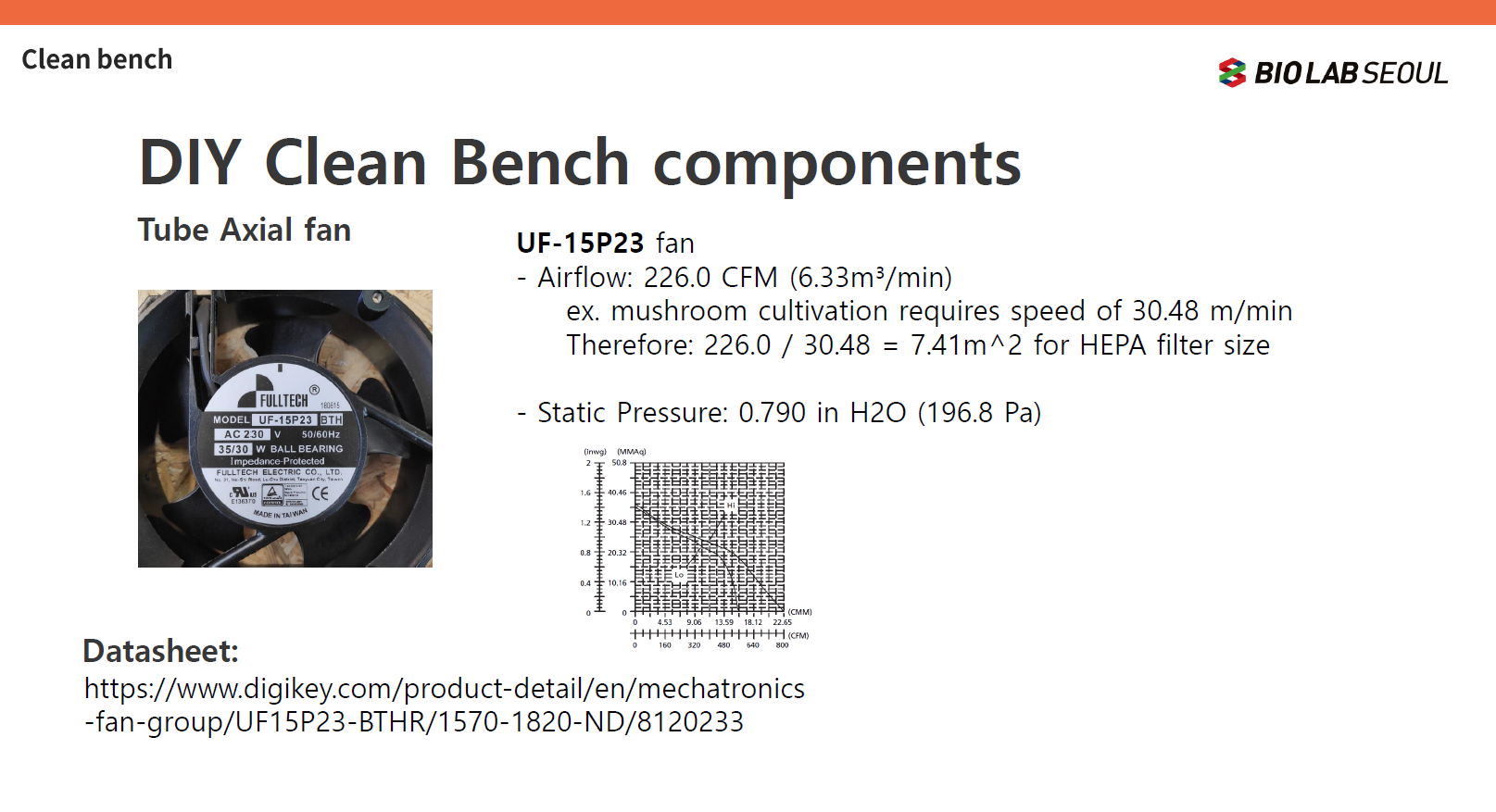
We also considered future potential upgrades, such as a bigger area to work with, a vertical type clean bench with caster wheels to make it portable, some LEDs for brighter visibility, and adding UV disinfection as an additional step and to use as a sterile storage chamber when the clean bench is not in use.
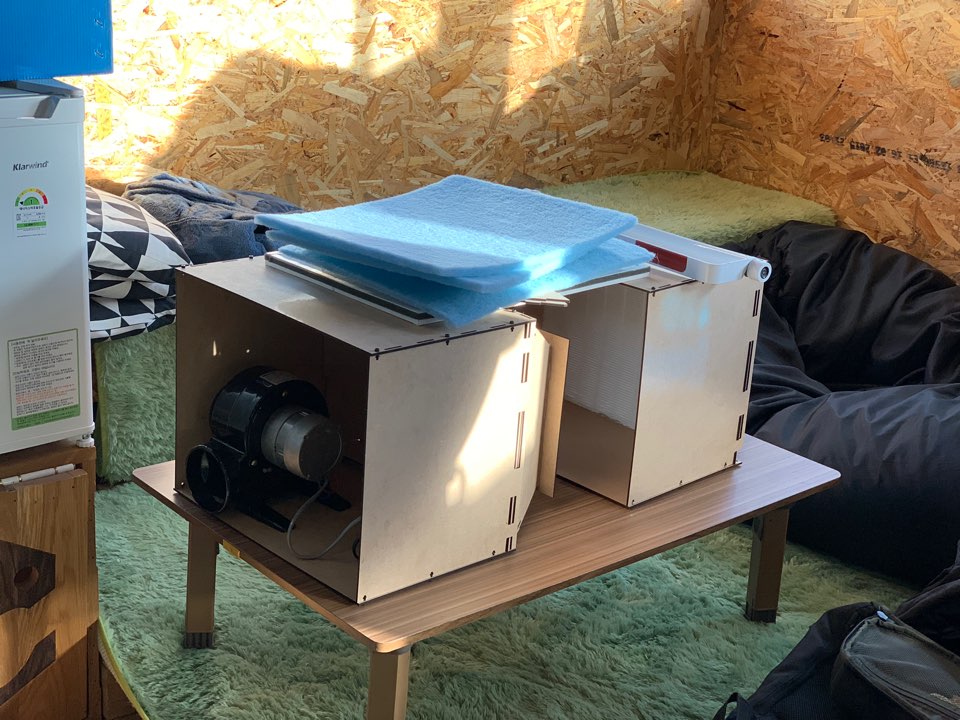
Also in class, we discussed the safety and regulations of biohacking, from proper hand washing techniques, how to handle tools and lab equipment, and ethical considerations to experimentation. Lastly the assignment for this week was to utilize what we learned in CAD so I CNC’d a wooden test tube rack.
